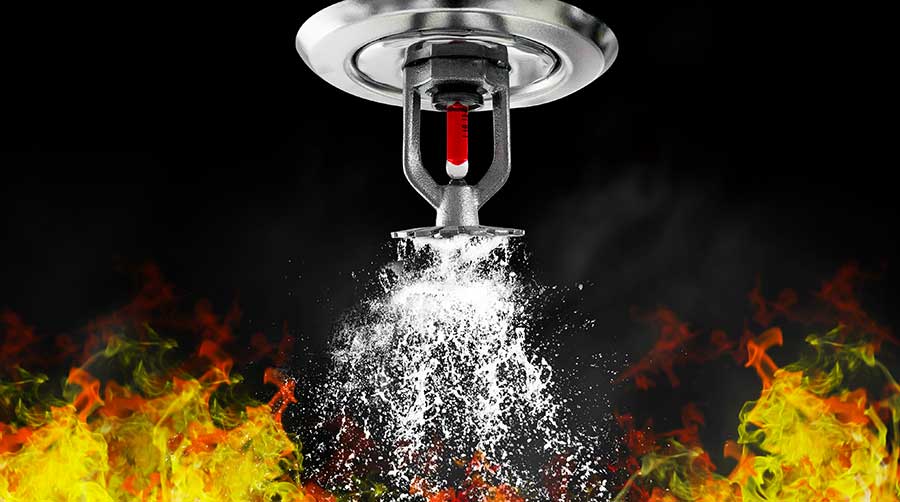Fires are dangerous to any facility and its occupants, including healthcare facilities. However, there are systems in place to help suppress and contain fires from growing out of control.
Massachusetts General Hospital was able to contain a fire in its parking garage due to its fire sprinklers going off.
According to WCVB, the fire was triggered by an Audi sedan which led to the evacuation of part of the facility due to the spread of smoke and carbon monoxide impacting patient areas. The facility’s Green Building was evacuated, and patients, including one in surgery, were transported as a precaution. No major injuries were reported, and evacuees were taken to nearby locations. The cause of the fire is under investigation.
Fire sprinklers are a crucial tool in suppressing or containing fires, as they release water to quell the flames and their spread. Regular maintenance and testing are essential to these systems so that they are ready to be used in a fire emergency.
“Sprinkler systems should be inspected, tested and maintained in accordance with NFPA 25 Standard for the Inspection, Testing and Maintenance of Water-Based Fire Protection Systems,” Donald Hopkins, Jr., vice president of process improvement at Jensen Hughes previously told Healthcare Facilities Today. “NFPA 25 requires quarterly, semi-annual, and annual inspection, testing and maintenance activities. The better a system is maintained, the more reliable it will be.”
Fire sprinkler systems can remain dormant for extended periods of time before being used in an emergency. Having the proper testing, inspection and maintenance of the systems can ensure the viability of them prior to use.
According to Brothers Fire & Security, NFPA 25 lays out these following weekly procedures for inspecting fire sprinklers:
- Evaluate fire protection mains and branch lines in risk of freezing temperatures to confirm their effective operation.
- Conduct a visual examination of all fire doors to confirm their good operational status.
- Assess both automatic and manual fire alarm systems through inspection and testing procedures.
- Visually examine the gauges on dry, pre-action and deluge systems for normal water and air pressures.
Jeff Wardon, Jr. is the assistant editor for the facilities market.

 EV Charging Station Design: Ensuring Patient Access
EV Charging Station Design: Ensuring Patient Access Sanford Health and Prairie Lakes Healthcare System Merge
Sanford Health and Prairie Lakes Healthcare System Merge Sedgebrook Falls Victim to Data Incident
Sedgebrook Falls Victim to Data Incident How Efficiency Checklists Help Hospitals Save Energy, Water and Money
How Efficiency Checklists Help Hospitals Save Energy, Water and Money Designing with Heart: Seen Health Center Blends Cultural Warmth and Clinical Care
Designing with Heart: Seen Health Center Blends Cultural Warmth and Clinical Care